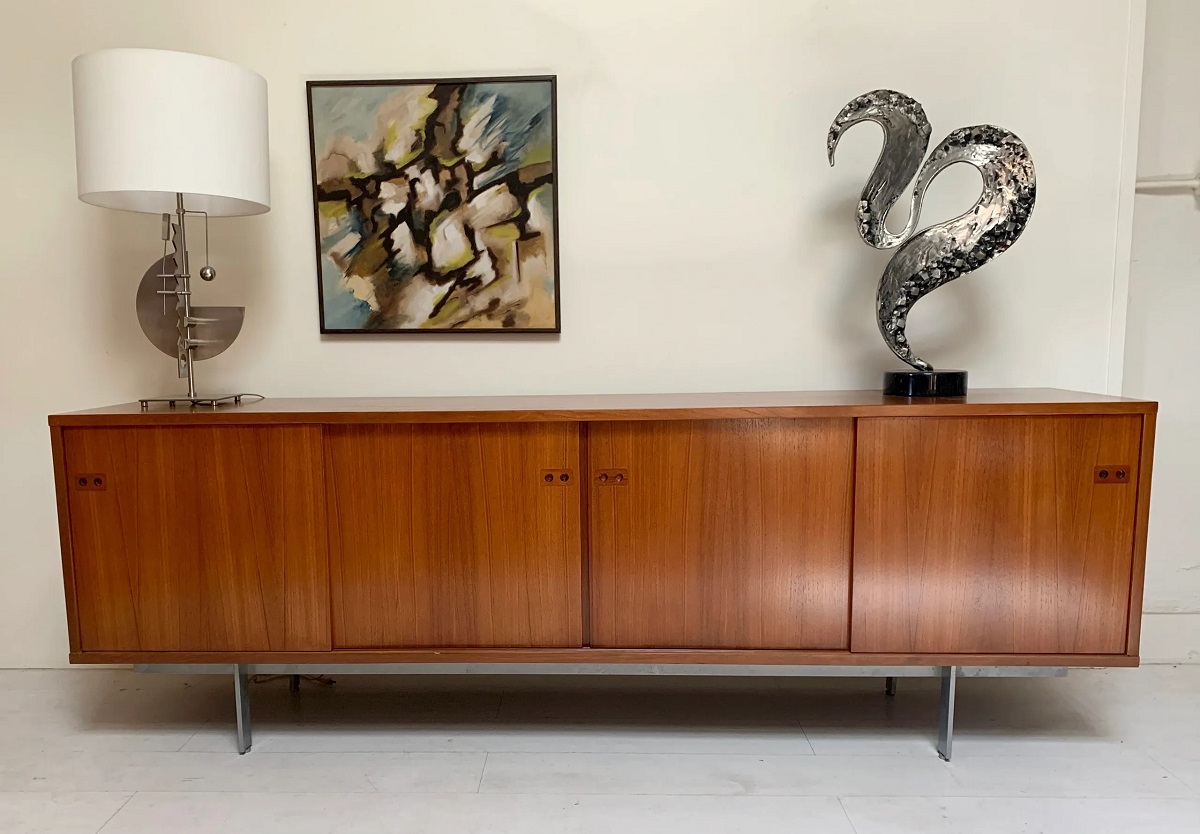

Articles
What Is Mid Century Furniture
Modified: February 7, 2024
Discover the timeless elegance of mid-century furniture. From classic designs to iconic pieces, explore a wide selection of furniture that adds style and sophistication to your space. Shop now for the perfect furniture pieces that suit your taste and preferences.
(Many of the links in this article redirect to a specific reviewed product. Your purchase of these products through affiliate links helps to generate commission for Storables.com, at no extra cost. Learn more)
Introduction
Welcome to the fascinating world of mid-century furniture! Defined by its sleek lines, bold shapes, and innovative designs, mid-century furniture has become a timeless symbol of modern style. Whether you are a furniture enthusiast, a collector, or simply someone looking to incorporate a touch of mid-century charm into your home, this article is here to guide you through the world of mid-century furniture.
Originating in the mid-20th century, particularly between the 1930s and 1960s, mid-century furniture represents a significant era of design and showcases the unique creativity and craftsmanship of that time. The movement was a response to the post-war optimism, celebrating simplicity, functionality, and the use of new materials.
One of the defining features of mid-century furniture is its focus on clean lines and organic shapes. This minimalist approach creates a sense of harmony and balance in the overall design. The functionality of mid-century furniture is often highlighted through innovative storage solutions and multipurpose designs.
Throughout the years, many influential designers emerged during the mid-century furniture movement. These visionaries challenged traditional design norms and created iconic pieces that continue to be celebrated today. From the famous Eames lounge chair to the sophisticated designs of Hans Wegner, mid-century furniture represents the intersection of art and functionality.
Collecting mid-century furniture has become a passion for many furniture enthusiasts. The hunt for rare and unique pieces is a thrilling adventure, and with the right knowledge, it can be a rewarding experience. Understanding the characteristics and identifying genuine mid-century furniture is essential for building an impressive collection.
Integrating mid-century furniture into your home decor allows you to create a stylish and timeless ambiance. Whether you choose to mix and match with other styles or create a dedicated mid-century theme, the versatility of mid-century furniture allows you to make a statement in any room.
Restoring and maintaining mid-century furniture is another important aspect to consider. With proper care, these timeless pieces can be preserved for generations to come. Understanding the materials and techniques used in mid-century furniture construction is crucial for ensuring their longevity.
Are you ready to embark on a journey through mid-century furniture? Get ready to discover the origins, characteristics, influential designers, popular pieces, collecting tips, and tips for incorporating mid-century furniture into your home. Let’s dive into the wonderful world of mid-century furniture and unleash your inner design enthusiast!
Key Takeaways:
- Embrace the timeless elegance of mid-century furniture, characterized by clean lines, organic shapes, and innovative materials, to create a stylish and sophisticated ambiance in your home, blending form and function seamlessly.
- Dive into the world of mid-century furniture, where iconic designs from influential visionaries like Charles and Ray Eames and Hans Wegner continue to captivate enthusiasts, offering a blend of style, comfort, and enduring quality.
Read more: Where To Buy Mid Century Modern Furniture
Origins of Mid Century Furniture
The origins of mid-century furniture can be traced back to the period between the 1930s and 1960s, known for its post-war optimism and a desire for modernization. It was during this time that designers began to break away from the traditional ornate and heavy furniture styles and embraced a more minimalistic and functional approach.
One of the key influences on mid-century furniture was the Bauhaus movement, which emerged in Germany in the early 20th century. Bauhaus designers believed in the concept of “form follows function,” prioritizing functionality and simplicity in their designs. This philosophy heavily influenced the development of mid-century furniture.
Another significant influence on mid-century furniture was the Scandinavian design movement, particularly from countries such as Denmark, Sweden, and Finland. Scandinavian designers placed emphasis on clean lines, natural materials, and craftsmanship. Their designs focused on creating comfortable and functional pieces that seamlessly integrated into the modern home.
The mid-century period also saw the emergence of new materials and manufacturing techniques. Designers began experimenting with materials such as plywood, fiberglass, and metal, allowing for sleeker and more innovative designs. The use of these materials, along with mass production techniques, made mid-century furniture more accessible to a wider audience.
Iconic mid-century furniture pieces were often the result of collaborations between designers and manufacturers. This collaborative approach led to the creation of timeless classics that are still highly sought after today. The streamlined and functional designs of mid-century furniture were a response to the changing needs of a modern society. As urban spaces became more compact and technology advanced, there was a growing demand for furniture that maximized efficiency and adaptability.
The mid-century furniture movement gained popularity not only in Europe but also in the United States. Designers such as Charles and Ray Eames, Florence Knoll, and George Nelson were instrumental in shaping the American mid-century design aesthetic. These designers embraced industrial materials and techniques and combined them with organic forms to create iconic and influential designs.
Overall, the origins of mid-century furniture can be attributed to a combination of post-war optimism, the influence of design movements such as Bauhaus and Scandinavian design, and the use of new materials and techniques. The result was a design aesthetic that embraced simplicity, functionality, and timeless elegance, setting a new standard for furniture design that continues to inspire and captivate to this day.
Characteristics of Mid Century Furniture
Mid-century furniture is characterized by its distinct design elements that set it apart from other furniture styles. These characteristics not only define its aesthetic appeal but also showcase its functionality and innovative approach to design.
One of the prominent characteristics of mid-century furniture is its emphasis on clean lines and geometric shapes. Straight, sleek lines and smooth curves are commonly found in mid-century designs, creating a sense of simplicity and elegance. This minimalist approach allows the furniture to integrate seamlessly into various interior styles, making it a versatile choice for any home.
In addition to clean lines, mid-century furniture often features organic shapes inspired by nature. The use of curves, such as the iconic molded plywood forms found in chairs like the Eames Lounge Chair, adds a sense of softness and visual interest to the furniture pieces. These organic shapes create a balance between the rigidity of straight lines and the fluidity of curves.
Another key characteristic of mid-century furniture is its focus on functionality. Designers of this era aimed to create furniture that was not only visually appealing but also practical for everyday use. Many mid-century pieces incorporate clever storage solutions, such as built-in drawers and compartments, making them ideal for smaller spaces.
Materials used in mid-century furniture also play a significant role in defining its characteristics. Natural materials such as wood, particularly teak and walnut, were commonly used for their warm and rich tones. These materials were often left in their natural state, showcasing the beauty of the grain patterns. Other materials used include fiberglass, metal, and plastic, which allowed for experimentation with bold colors and unique shapes.
The color palette of mid-century furniture is often characterized by earthy tones, including shades of brown, beige, and olive. These colors complement the natural materials and create a warm and inviting atmosphere. However, mid-century furniture is not afraid to embrace pops of vibrant colors, such as shades of orange, yellow, or teal, providing a playful and retro touch.
Lastly, mid-century furniture is known for its enduring quality and craftsmanship. The attention to detail and dedication to quality construction ensure that these pieces stand the test of time. Mid-century furniture is built to last, which is why many vintage pieces are still highly valued and sought after today.
In summary, the key characteristics of mid-century furniture include clean lines, geometric and organic shapes, functionality, the use of natural materials, a warm color palette, and exceptional craftsmanship. These design elements come together to create furniture that is not only visually appealing but also functional, timeless, and versatile.
Influential Mid Century Designers
The mid-century furniture movement was driven by the creative vision and innovative designs of influential designers who shaped the aesthetic and functionality of this era. These designers pushed the boundaries of traditional furniture design and left a lasting impact on the industry. Here are some of the most influential mid-century furniture designers:
- Charles and Ray Eames: Known for their iconic contributions to furniture design, Charles and Ray Eames were a husband and wife team who revolutionized mid-century design. Their approach to furniture was combining technology, art, and practicality. The Eames Lounge Chair and Ottoman and the Eames Molded Plywood Chair have become timeless classics.
- Hans Wegner: A Danish designer, Wegner is renowned for his elegant and functional designs. He was a master of woodwork and crafted pieces like the Wishbone Chair and the Shell Chair. Wegner’s designs embraced simplicity and showcased the beauty of natural materials.
- Florence Knoll: Florence Knoll was a pioneering female designer who played a significant role in shaping the mid-century modern movement. Her sleek and minimalistic designs emphasized functionality and clean lines. Knoll’s innovative furniture pieces, such as the Florence Knoll Sofa and the Barcelona Chair, continue to be highly regarded.
- George Nelson: George Nelson was an American designer and architect known for his progressive designs. He created a wide range of furniture, from office systems to iconic clock designs like the Ball Clock. Nelson’s work incorporated playful shapes, inventive use of materials, and a sense of whimsy.
- Eero Saarinen: Saarinen was a Finnish-American architect and designer whose work epitomized the sleek and curvilinear aesthetic of the mid-century period. His furniture designs, such as the Tulip Chair and the Tulip Table, showcased smooth, sculptural forms and brought a sense of modern elegance to any space.
These designers, among many others, pushed the boundaries of design and created furniture pieces that became symbols of the mid-century era. Their creative vision, attention to detail, and commitment to blending form and functionality continue to inspire furniture designers and enthusiasts today.
It is important to understand and appreciate the contributions of these influential mid-century designers when seeking to collect or incorporate mid-century furniture into your space. Their work represents the epitome of mid-century style and their pieces remain coveted and cherished by collectors and design enthusiasts worldwide.
Popular Mid Century Furniture Pieces
Mid-century furniture is renowned for its timeless style and innovative designs. While there are countless iconic pieces from this era, certain items stand out as particularly popular and representative of mid-century aesthetics. Here are some of the most sought-after and admired mid-century furniture pieces:
- Eames Lounge Chair: Designed by Charles and Ray Eames, the Eames Lounge Chair is perhaps the most iconic piece of mid-century furniture. Its combination of molded plywood, leather upholstery, and sleek lines creates a luxurious and comfortable seating experience.
- Wishbone Chair: Designed by Hans Wegner, the Wishbone Chair is a Danish design classic. Its unique Y-shaped backrest, made from steam-bent wood and a woven seat, creates an elegant and sculptural look.
- Tulip Table: Designed by Eero Saarinen, the Tulip Table features a single pedestal base and a round or oval top. Its minimalistic design and graceful curves make it a popular choice for dining rooms and kitchens.
- Barcelona Chair: Designed by Ludwig Mies van der Rohe and Lilly Reich, the Barcelona Chair is a symbol of modern luxury. Its sleek stainless steel frame and leather upholstery exude sophistication and elegance.
- Noguchi Coffee Table: Designed by Isamu Noguchi, the Noguchi Coffee Table is a sculptural masterpiece. Its biomorphic shape and a glass top resting on two interconnected wooden supports create a stunning focal point in any living room.
- Egg Chair: Designed by Arne Jacobsen, the Egg Chair is an iconic symbol of mid-century modern design. Its organic shape, upholstered with plush leather, and swivel base make it a stylish and comfortable addition to any interior.
- Saadane Chair: Designed by Pierre Guariche, the Saadane Chair is known for its bold and angular design. Its sculptural form and use of materials such as walnut and black vinyl make it both eye-catching and functional.
- Bertoia Diamond Chair: Designed by Harry Bertoia, the Diamond Chair features a wireframe structure in the shape of a diamond. Its intricate design provides both visual interest and comfortable seating.
These are just a few examples of the popular mid-century furniture pieces that have stood the test of time and continue to be highly coveted. Each piece exemplifies the aesthetic and craftsmanship of the mid-century era, offering a blend of style, comfort, and functionality.
Investing in these timeless furniture pieces allows you to bring a touch of mid-century charm and sophistication to your home. Whether you choose to collect vintage originals or opt for modern reproductions, these popular mid-century furniture pieces are sure to elevate the design of any space and become cherished focal points in your interior.
Mid century furniture refers to pieces made in the mid-20th century, typically between 1933-1965. Look for clean lines, organic forms, and functionality in pieces from this era. Keep an eye out for iconic designers like Eames, Saarinen, and Wegner.
Collecting and Identifying Mid Century Furniture
Collecting mid-century furniture can be an exciting and rewarding hobby. However, with the increasing popularity and value of these pieces, it’s essential to have a good understanding of how to identify authentic mid-century furniture and build a valuable collection. Here are some tips for collecting and identifying mid-century furniture:
- Research and Educate Yourself: Learn about the history and characteristics of mid-century furniture. Familiarize yourself with the designs, materials, and influential designers of the era. This knowledge will help you make informed decisions when selecting pieces for your collection.
- Visit Antique Stores and Flea Markets: Browse local antique stores, flea markets, and vintage shops to find hidden gems. These places often have a wide selection of mid-century furniture, and you may come across unique and rare pieces at more affordable prices.
- Examine Construction and Materials: Pay close attention to the construction and materials used in mid-century furniture. Look for signs of quality craftsmanship, such as dovetail joints, sturdy frames, and smooth finishes. Mid-century furniture often features natural materials like wood, metal, and fiberglass.
- Check for Labels and Signatures: Look for labels or signatures that indicate the designer or manufacturer of the piece. Many mid-century furniture designers and manufacturers, such as Herman Miller or Knoll, would often label or mark their pieces, making it easier to identify their authenticity.
- Consider Patina and Wear: Authentic mid-century furniture may show signs of age, such as patina and wear. These imperfections can add character and value to a piece. However, be cautious of excessive damage or poor condition, as it may affect the piece’s durability and value.
- Buy from Reputable Sellers: When purchasing mid-century furniture, buy from reputable sellers who specialize in vintage or authentic mid-century pieces. This ensures that you are getting genuine items and reduces the risk of purchasing counterfeit or poorly restored furniture.
- Connect with Fellow Enthusiasts: Join online forums, attend vintage furniture fairs, or join local collector groups to connect with fellow mid-century furniture enthusiasts. Sharing knowledge and experiences with others can be invaluable in expanding your collection and learning more about the field.
Building a collection of mid-century furniture takes time, patience, and a discerning eye. Remember that the value of a piece goes beyond its price tag – it’s about selecting furniture that speaks to you and reflects your personal style. Whether you’re starting small or looking for rare and iconic pieces, the journey of collecting mid-century furniture is truly an enjoyable and enriching experience.
Incorporating Mid Century Furniture into Your Home
Mid-century furniture is renowned for its timeless appeal and ability to seamlessly blend with various interior styles. Incorporating mid-century furniture into your home allows you to add a touch of retro charm and create a stylish, modern space. Here are some tips on how to incorporate mid-century furniture into your home:
- Mix and Match: Don’t be afraid to mix mid-century furniture with pieces from different eras or styles. Mid-century furniture pairs well with contemporary, minimalist, and even traditional designs. This eclectic mix creates a dynamic and visually interesting space.
- Choose Statement Pieces: Select a few eye-catching mid-century furniture pieces to serve as focal points in your home. The Eames Lounge Chair, a Noguchi Coffee Table, or a bold-colored Egg Chair can instantly transform a room and make a strong design statement.
- Opt for Retro Colors and Patterns: Embrace the retro vibe by incorporating mid-century-inspired colors and patterns into your decor. Think earthy tones like mustard yellow, avocado green, or burnt orange. Consider using geometric or abstract patterns in rugs, curtains, or throw pillows.
- Create a Mid Century Dining Nook: Set up a mid-century dining nook by pairing a tulip table with a mix of mid-century chairs. Mix different colors or go for matching sets for a cohesive look. Add a statement lighting fixture above the table to complete the retro ambiance.
- Focus on Retro Lighting: The right lighting can enhance the mid-century aesthetic of your space. Look for iconic mid-century lighting designs, such as Sputnik chandeliers, arc floor lamps, or pendant lights with organic shapes. These pieces will not only provide functional lighting but also make a bold style statement.
- Showcase Unique Storage Pieces: Mid-century furniture often incorporates clever storage solutions. Spotlight these pieces by using them to display and store your belongings. A teak sideboard, a Danish wall unit, or a vintage bar cart can serve as both functional and stylish storage units.
- Add Retro Accessories: Complete the mid-century look by adding retro accessories. Hang vintage artwork or prints on the walls, display ceramic or glass vases on side tables, and include iconic mid-century decor items like atomic clock replicas or Eames House Bird replicas.
- Emphasize Natural Elements: Mid-century design embraces natural elements. Integrate natural materials like wood, leather, and natural fibers to create a warm and inviting atmosphere. Incorporate indoor plants to bring a touch of nature and enhance the overall aesthetic.
Remember, the key to incorporating mid-century furniture into your home is to have fun and stay true to your personal style. Don’t be afraid to experiment and let your creativity shine. By combining mid-century furniture with other design elements, you can create a unique and inviting space that captures the timeless beauty of this iconic era.
Restoring and Maintaining Mid Century Furniture
Restoring and maintaining mid-century furniture allows you to preserve its beauty and functionality for years to come. Whether you have inherited a cherished piece or found a hidden gem at a vintage store, proper care is essential to ensure its longevity. Here are some tips for restoring and maintaining mid-century furniture:
- Assess the Condition: Start by assessing the condition of the furniture piece. Look for any damage, loose joints, or signs of wear. Take note of areas that require repairs or refinishing.
- Clean and Dust Regularly: Dusting your mid-century furniture regularly with a soft cloth is crucial to prevent buildup and maintain its appearance. Use a mild cleaning solution or wood-specific cleaners to gently remove dirt or stains. Avoid harsh chemicals that may damage the finish.
- Address Structural Issues: If there are loose joints or structural issues, consider consulting a professional furniture restorer. They can repair and reinforce the piece to ensure its stability and longevity. DIY repairs are possible for small fixes, but for major structural problems, it’s best to seek professional help.
- Refinish or Restore the Finish: If the furniture’s finish is damaged or worn, refinishing can bring new life to the piece. Stripping the old finish and applying a fresh coat of stain or varnish can restore its original beauty. However, keep in mind that refinishing may affect the value of vintage or collectible pieces, so proceed with caution.
- Replace or Repair Upholstery: For upholstered mid-century furniture, inspect the fabric or leather for any tears, stains, or sagging. Depending on the extent of the damage, you can choose to repair or replace the upholstery. Working with a professional upholsterer will ensure a proper and aesthetically pleasing result.
- Protect from Sunlight: Direct sunlight can fade and damage the wood or fabric of your mid-century furniture. Protect your pieces by placing them away from windows or using window treatments to reduce exposure to UV rays.
- Avoid Excessive Moisture: Mid-century furniture should be kept in a well-ventilated area with moderate humidity levels. Excessive moisture can cause wood to warp or upholstery to mold. Use a dehumidifier if necessary, especially in humid climates.
- Use Furniture Pads and Covers: To prevent scratches or damage to the furniture’s legs or surfaces, use furniture pads and covers. These protective measures will help maintain the integrity of the piece and preserve its condition.
- Follow Manufacturers’ Instructions: If you have any specific care instructions provided by the manufacturer or designer, make sure to follow them accordingly. They may provide additional guidance on cleaning, maintenance, or specific products to use.
By following these restoration and maintenance tips, you can enjoy your mid-century furniture for many years to come. Remember that when in doubt or dealing with precious or valuable pieces, it’s always best to consult professionals who specialize in mid-century furniture restoration and maintenance.
Conclusion
Mid-century furniture embodies a timeless aesthetic, blending form and function in a way that continues to captivate furniture enthusiasts and design enthusiasts alike. From its origins in the mid-20th century to its enduring influence today, mid-century furniture represents a significant era of design characterized by clean lines, organic shapes, and innovative materials.
With its sleek and minimalist design, mid-century furniture has the unique ability to seamlessly integrate into various interior styles. Whether you’re creating a dedicated mid-century theme or mixing and matching with other styles, these pieces add sophistication, warmth, and a touch of retro charm to any space.
Building a collection of mid-century furniture requires knowledge, patience, and a discerning eye. Educate yourself on the influential designers and their iconic pieces, and learn how to identify and authenticate authentic mid-century furniture. Explore antique stores, flea markets, and vintage shops to find unique and valuable pieces that speak to your personal style.
Once you’ve acquired your mid-century furniture, proper restoration and maintenance are essential to preserve its beauty and functionality. Regular cleaning, addressing structural issues, refinishing, and protecting it from sunlight and moisture will ensure its longevity and help maintain its original allure.
Incorporating mid-century furniture into your home allows you to create a space that is both stylish and timeless. Mix and match different pieces, choose statement furniture items, and add retro colors and patterns to capture the mid-century charm. Showcase your collection and personalize your space with unique storage pieces and retro accessories.
Whether you are a seasoned collector, a design enthusiast, or someone looking to enhance their home with a touch of mid-century elegance, the world of mid-century furniture offers endless possibilities. As you embark on this journey, remember to prioritize thoughtfully selecting pieces that resonate with your personal style and evoke the spirit of the mid-century era.
With its enduring appeal and influence, mid-century furniture continues to inspire and enrich our lives, showcasing the seamless union of form and function in the world of design.
Frequently Asked Questions about What Is Mid Century Furniture
Was this page helpful?
At Storables.com, we guarantee accurate and reliable information. Our content, validated by Expert Board Contributors, is crafted following stringent Editorial Policies. We're committed to providing you with well-researched, expert-backed insights for all your informational needs.
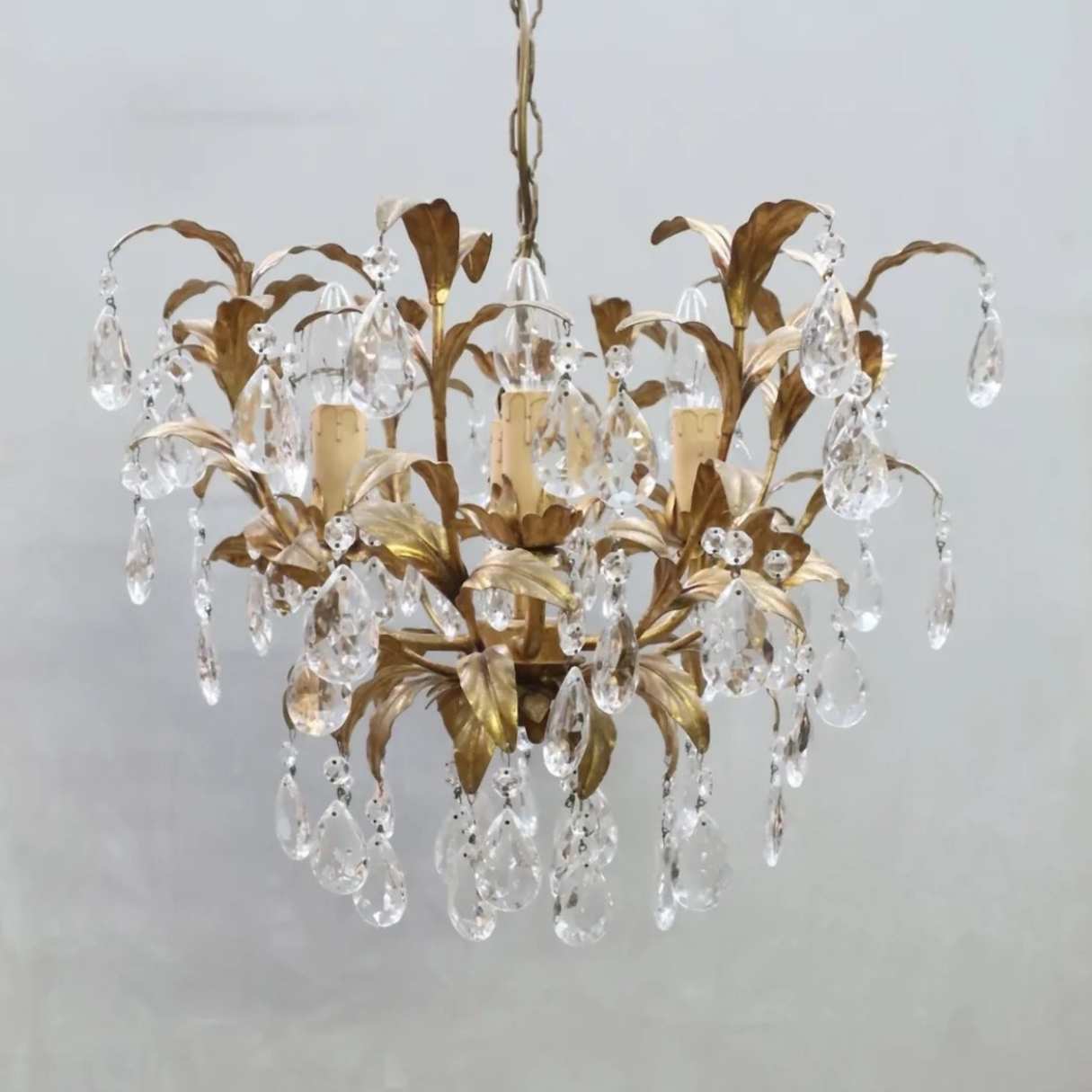
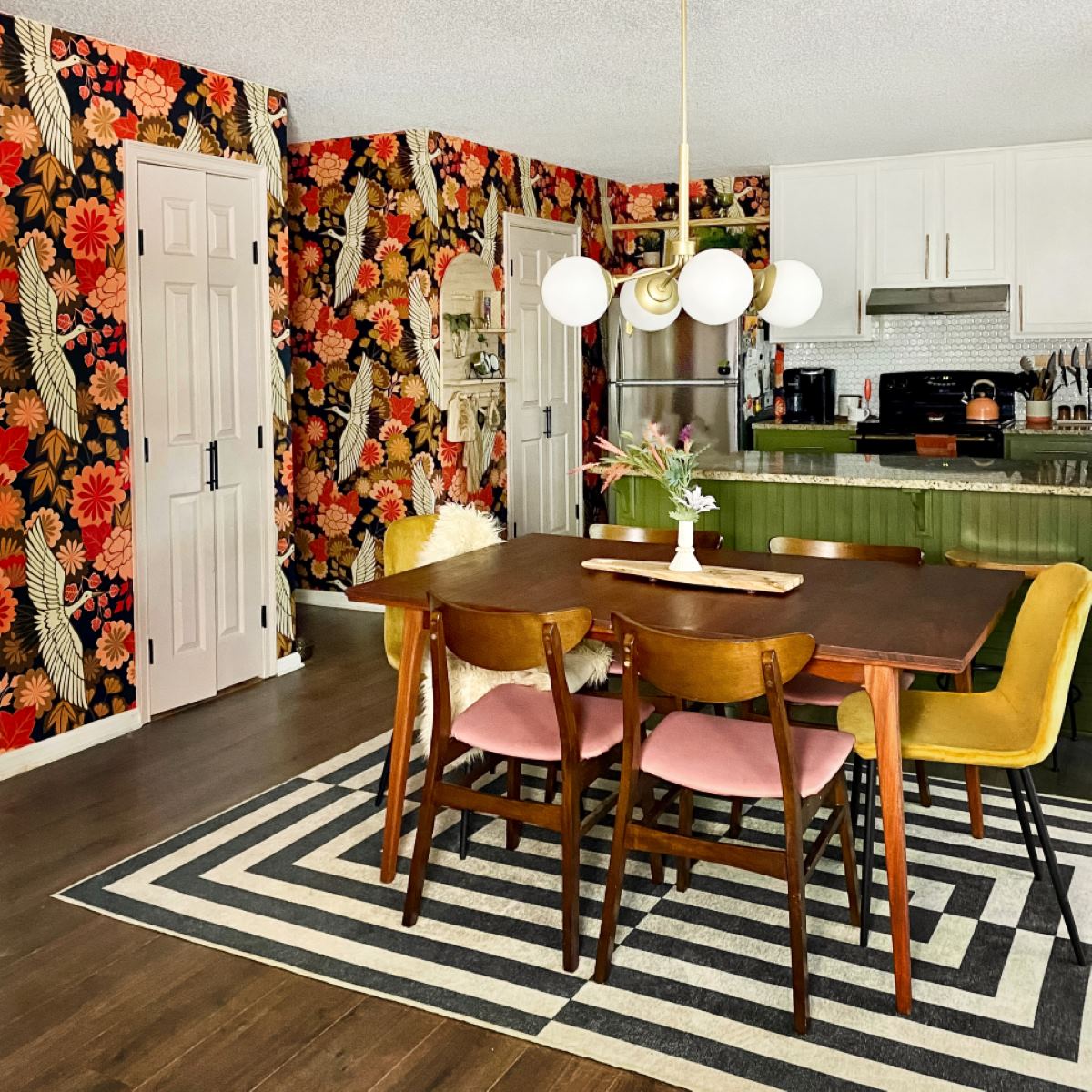
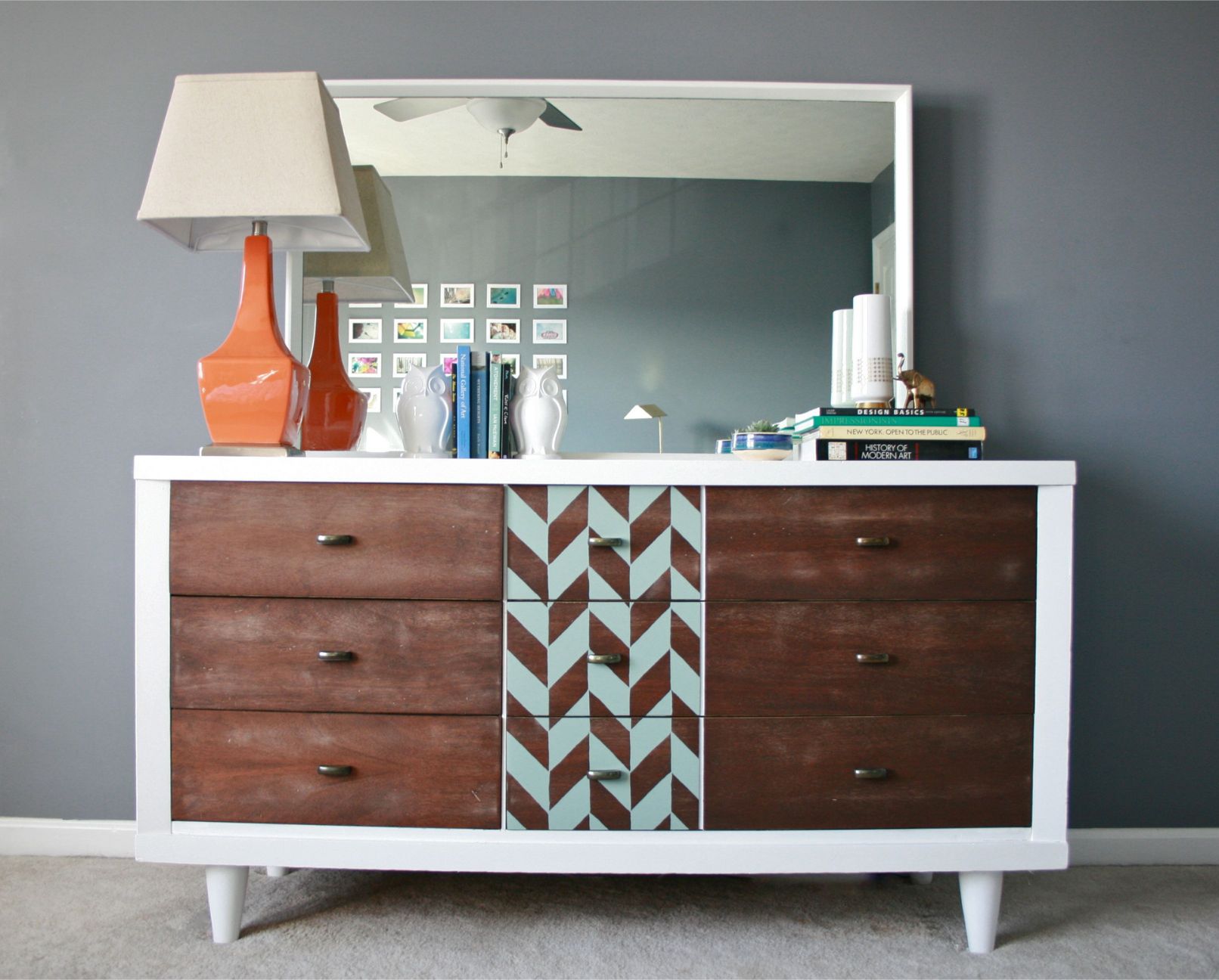
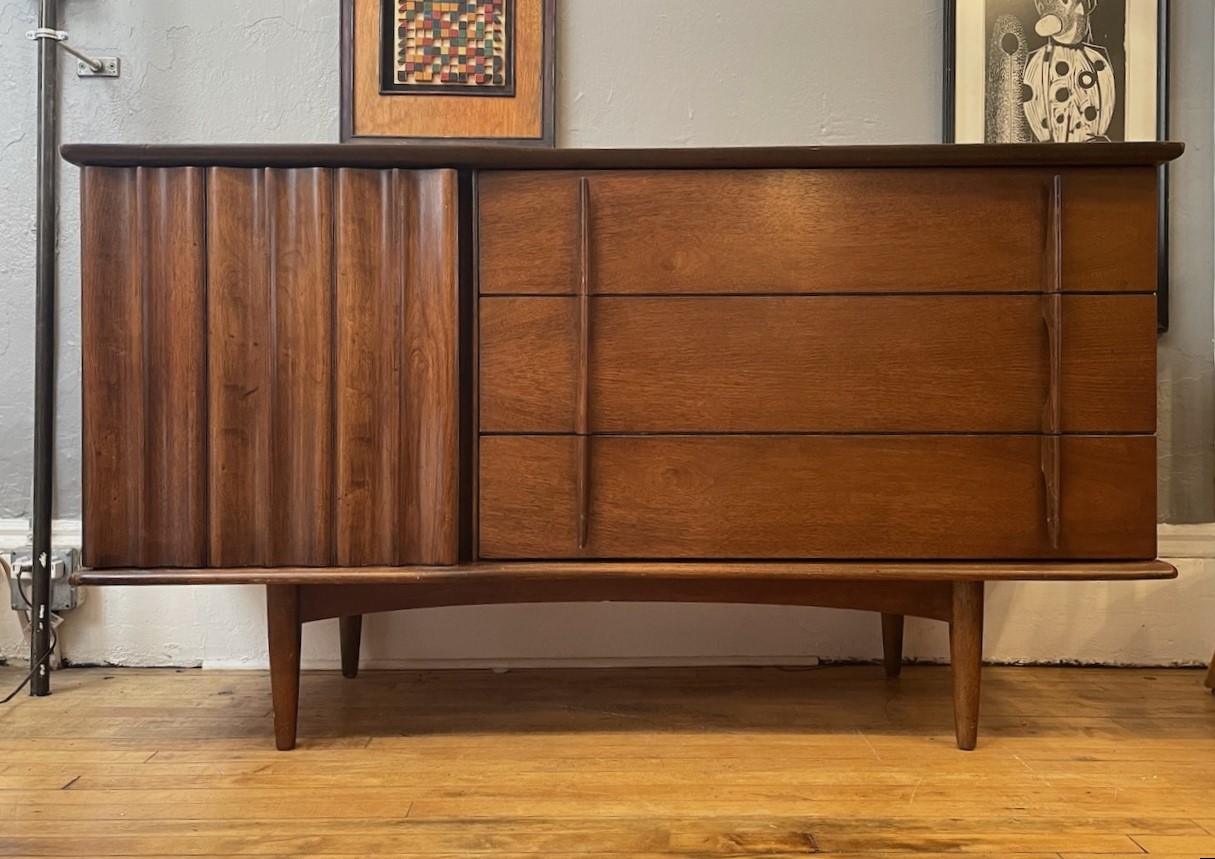
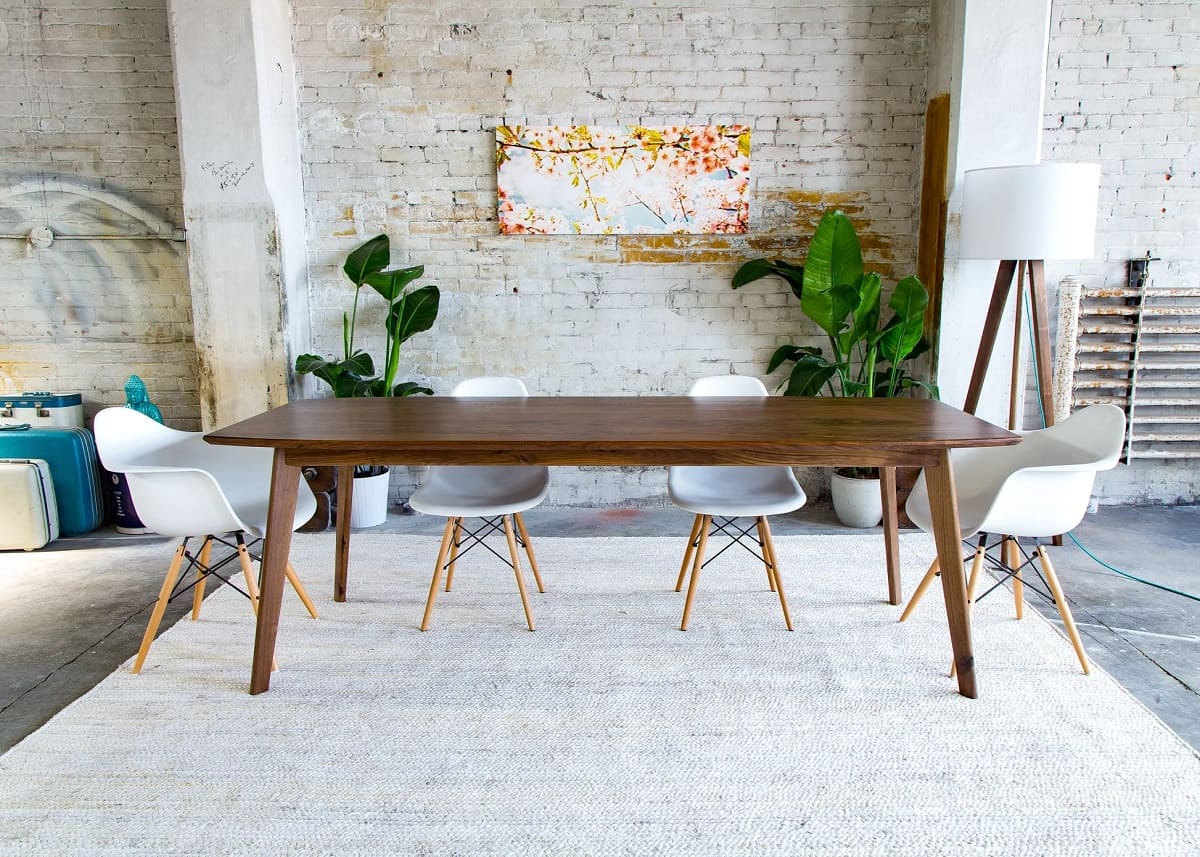
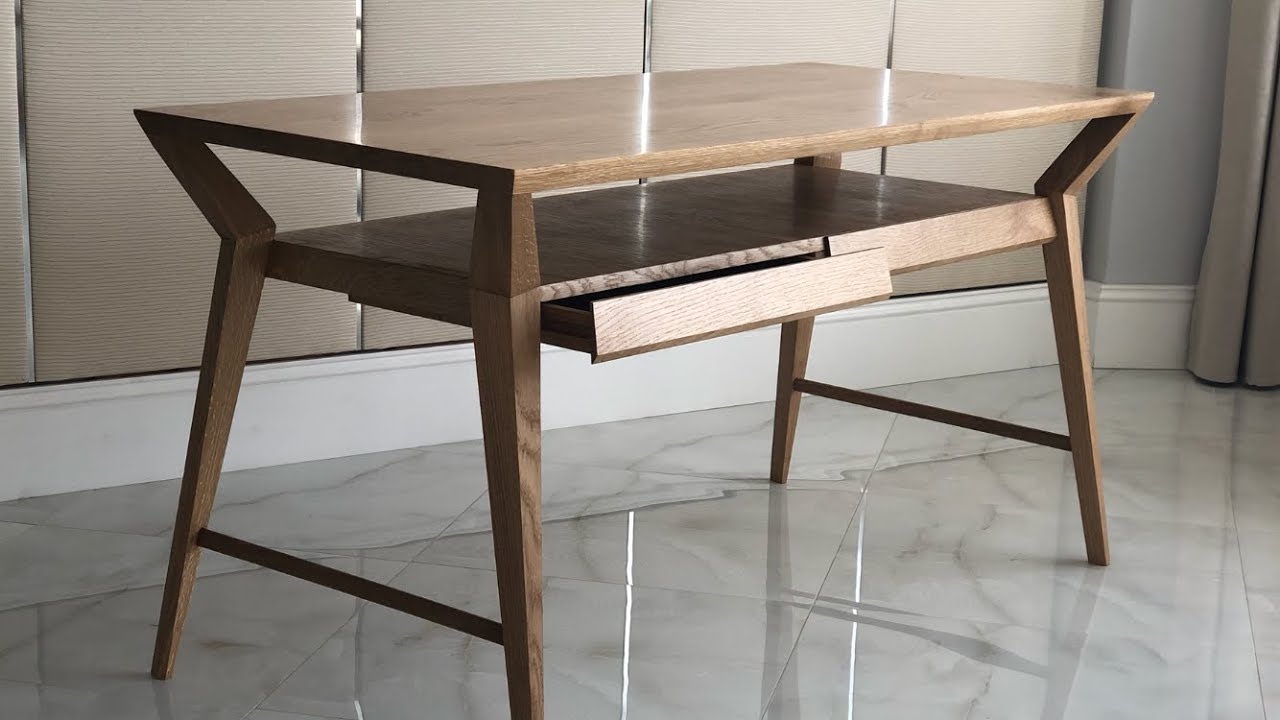
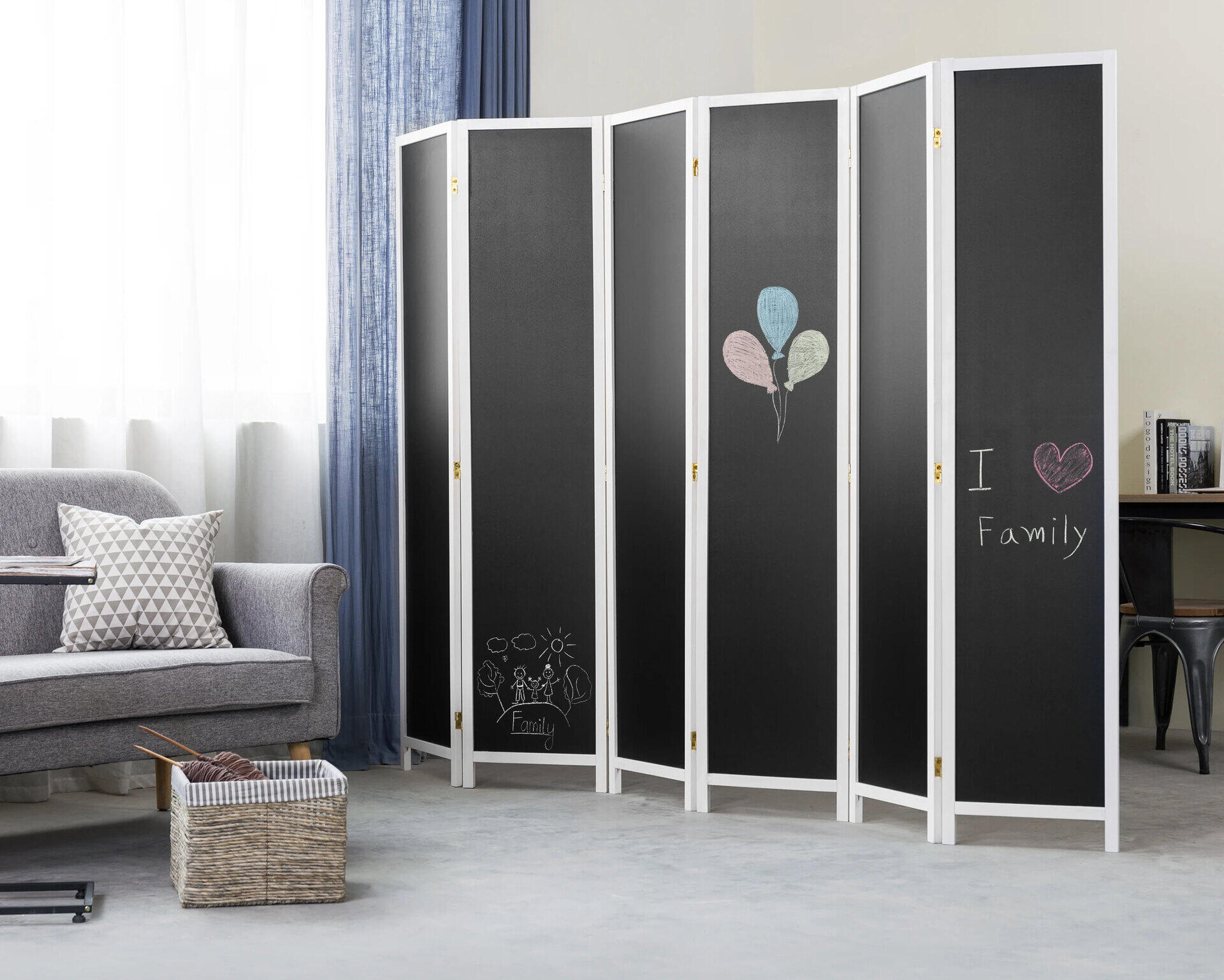
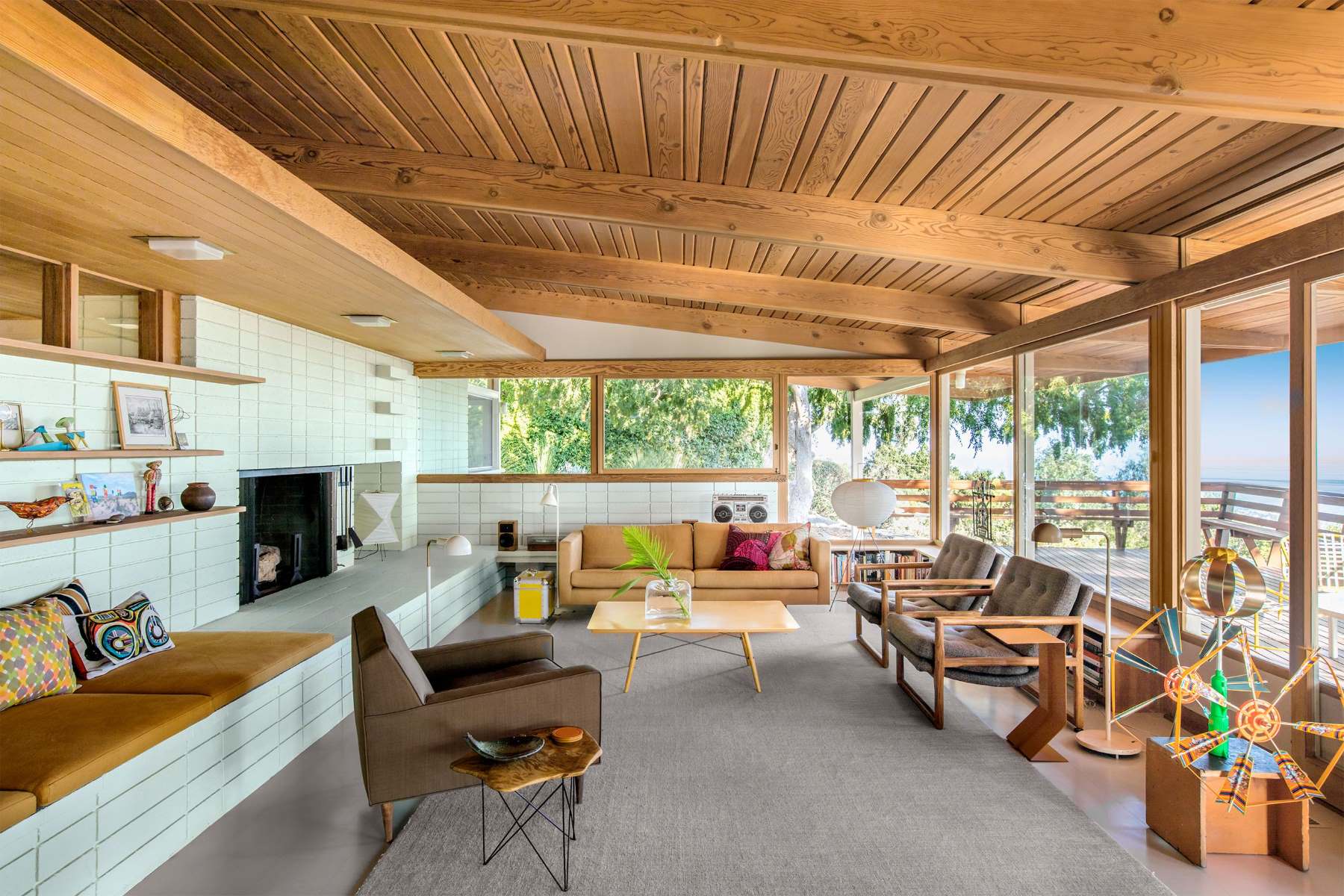
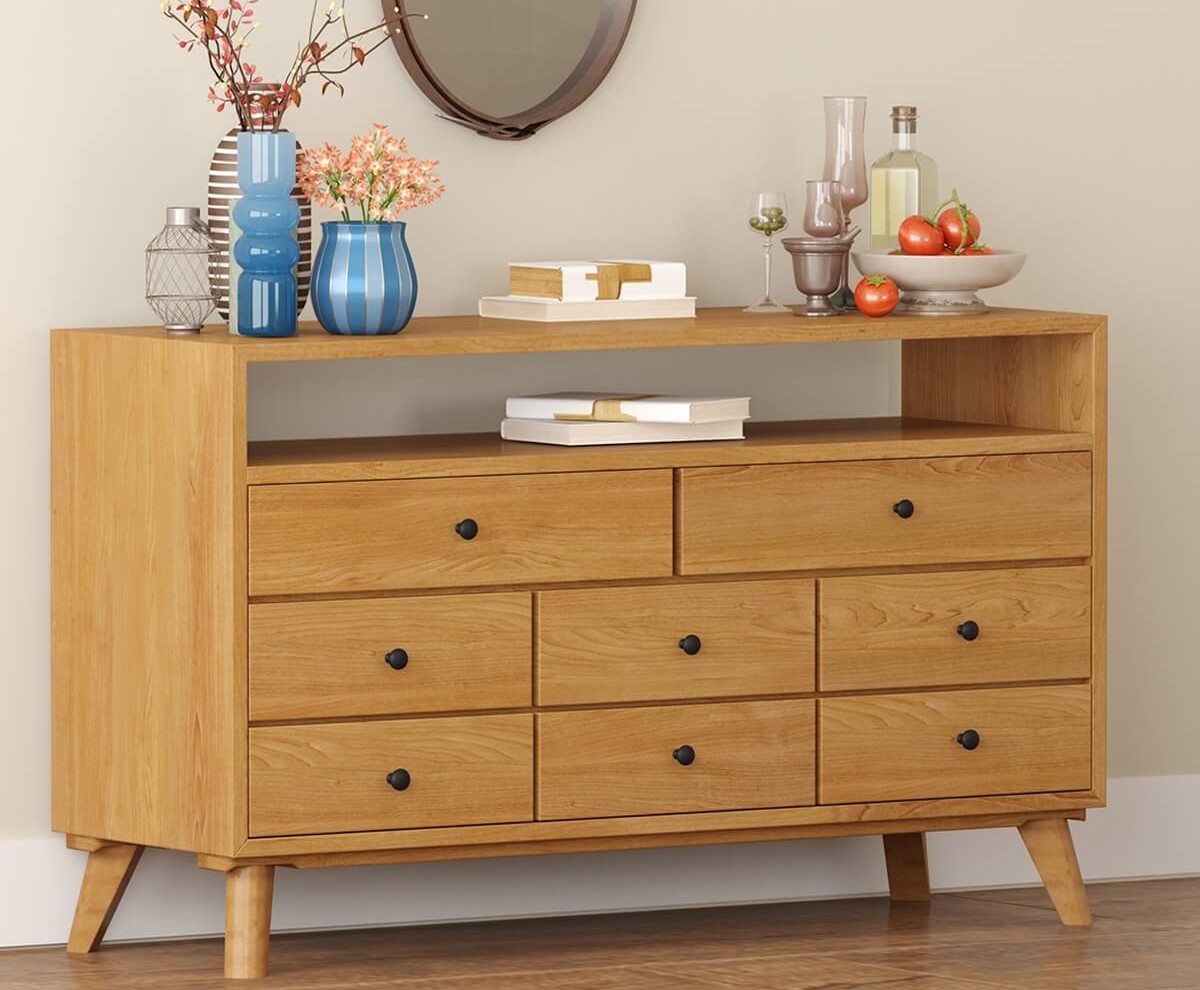

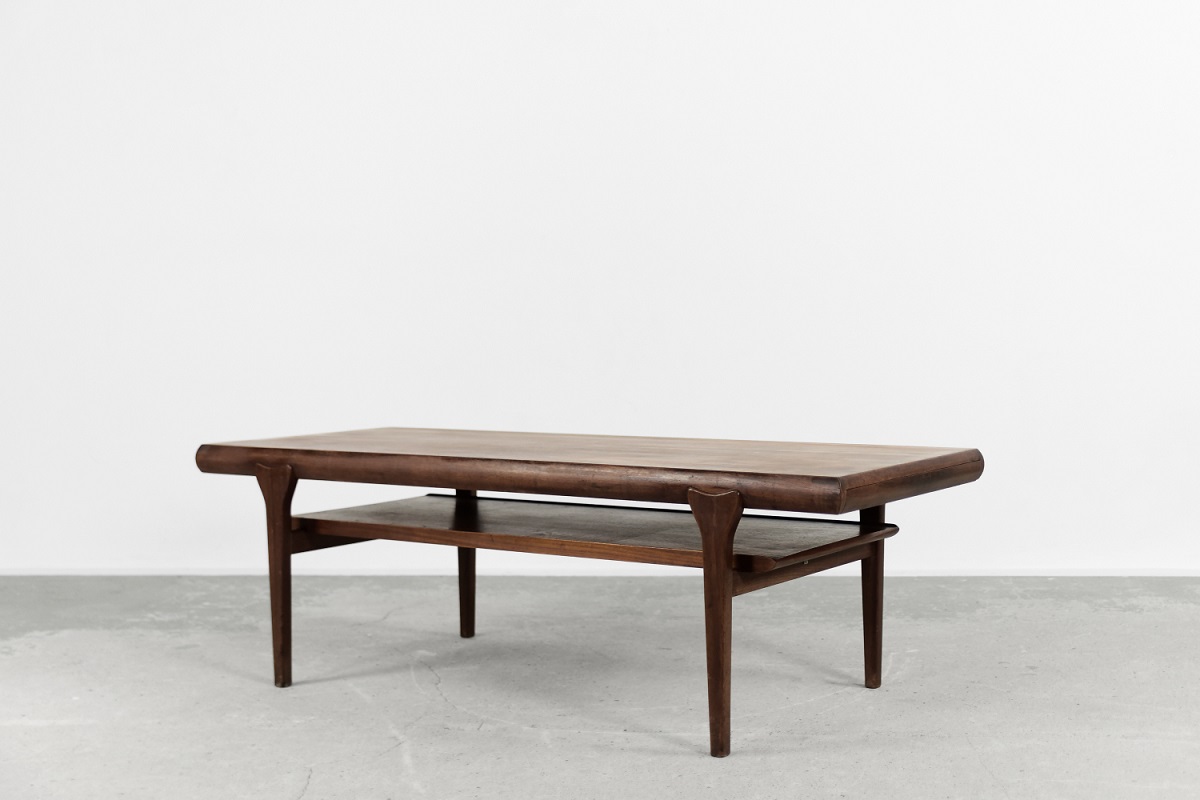
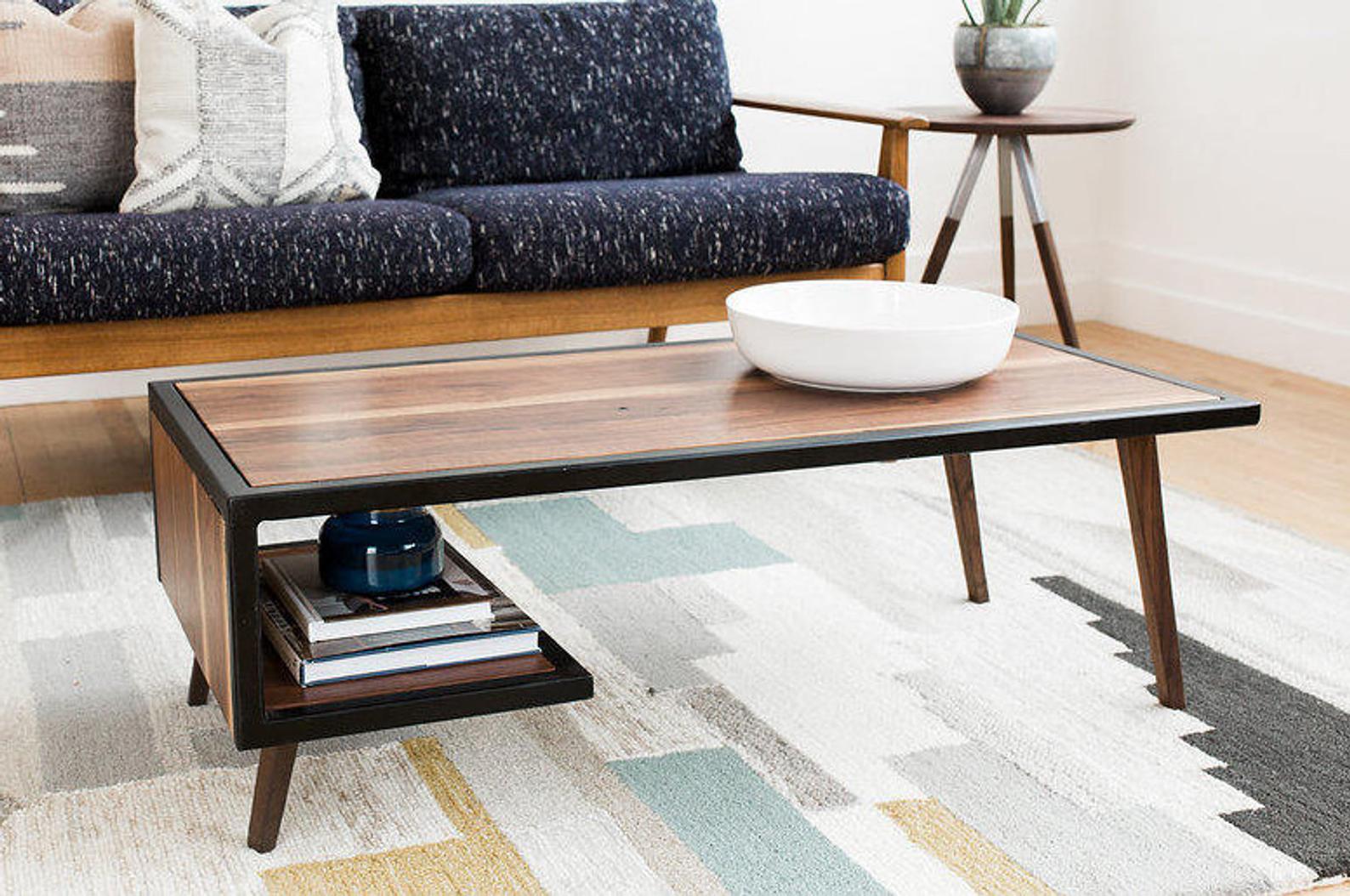
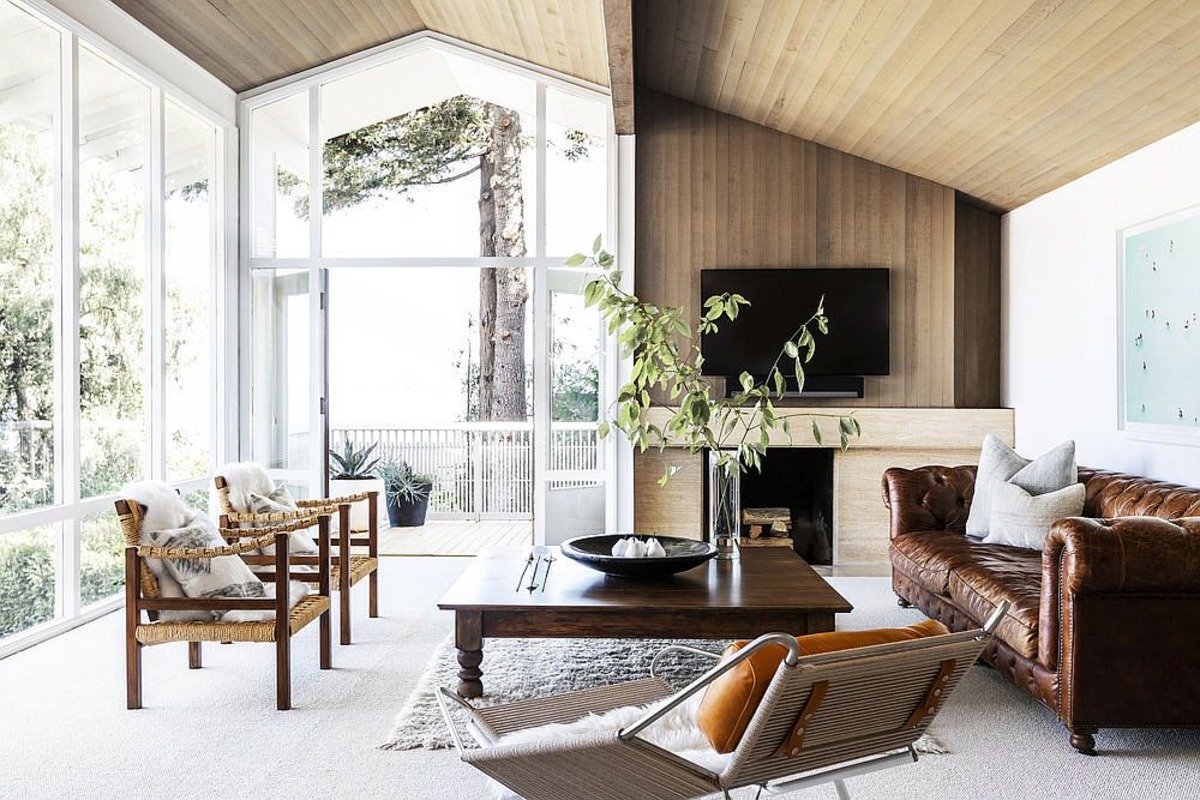
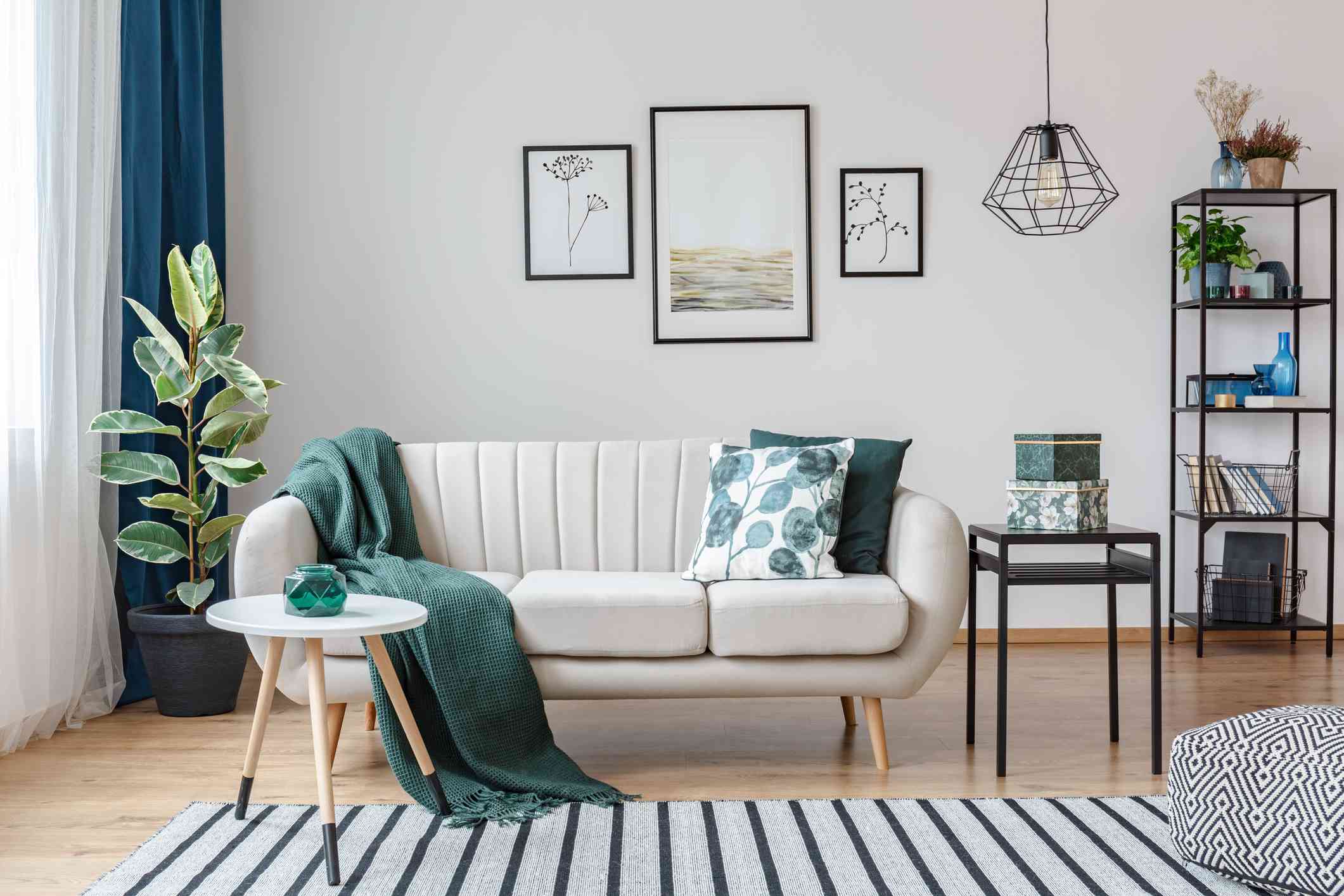

0 thoughts on “What Is Mid Century Furniture”